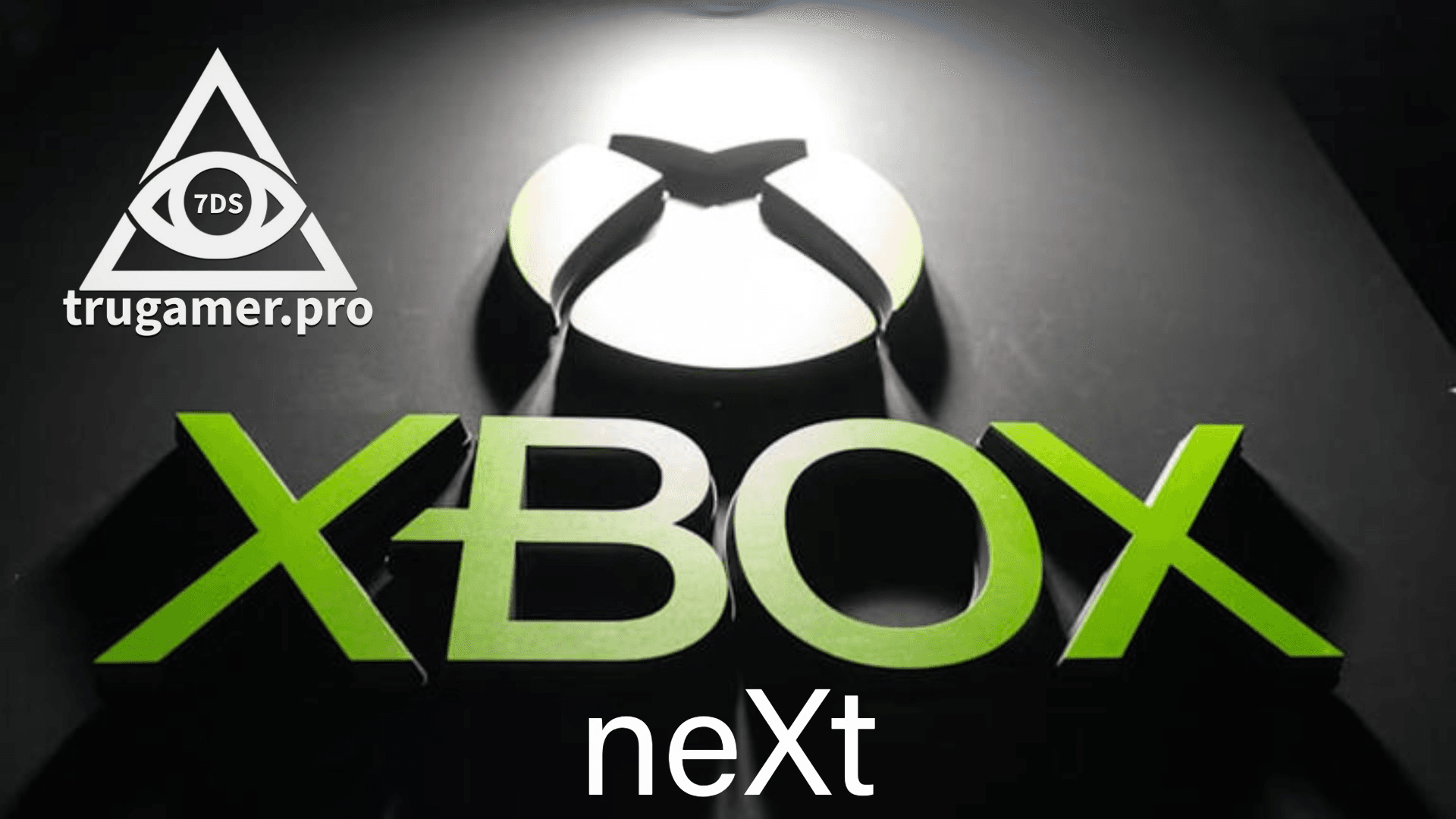The interstellar comet 3I/ATLAS discovered July 1, 2025 by the NASA-funded ATLAS survey in Chile, remains the third confirmed interstellar object to visit our Solar System after 1I/'Oumuamua and 2I/Borisov.
It follows a hyperbolic path from outside our system and poses zero threat to Earth.
Latest Updates (as of November 10, 2025, 3:45 PM CST):
- Post-Perihelion Surge: Reached perihelion October 29–30 at ~1.4 AU.
Brightened far beyond predictions with a striking blue color, likely from ionized gases or unusual activity.
Images from November 8–10 show at least 7 distinct jets and complex tail structures, including sunward anti-tails as it moves out from behind the Sun.
- Tail Evolution: November 5 observations showed no visible cometary tail despite expected outgassing, sparking talk of massive mass loss (>13% of nucleus) or strong non-gravitational forces. By November 9–10 it developed a curved ion tail shaped by solar wind.
- Unexplained Acceleration: Measured non-gravitational acceleration of ~5.85×10⁻⁵ AU/day², rapid brightness spikes, and chemical oddities (high CO₂, water, CO, carbonyl sulfide, possible cyanide/nickel vapors and metal alloys).
Harvard’s Avi Loeb notes the jets resemble “thrusters” and the blue hue could suggest artificial lighting, though most astronomers attribute everything to natural ice-pocket outgassing.
- Size & Composition: Nucleus estimated 0.2–3.5 miles across (roughly Manhattan-sized footprint), surrounded by a reddish coma of large dust grains. Rich in carbon dioxide with traces of water and other volatiles—formed billions of years ago in another star system.
- Visibility: Now visible in predawn skies near Virgo with medium-sized telescopes starting November 11. Closest Earth approach: December 19, 2025 at ~1.8 AU (170 million miles).
- Recent Imaging: ESA Mars orbiters (ExoMars TGO, Mars Express) captured it in October; Hubble and JWST took earlier data. JUICE spacecraft will observe it later this month.
Controversy Check:
Avi Loeb continues highlighting anomalies—multiple jets, blue shine, brief radio bursts picked up by MeerKAT—reviving alien-probe speculation.
NASA and the broader community maintain it’s a natural comet; all behavior aligns with solar heating of an icy interstellar visitor.
No verified course changes, explosions, or signals exist. Rumors of Earth-targeting trajectories are false.
This remains a once-in-a-lifetime chance to study pristine material from another star system. Observations continue daily; expect more clarity on its composition and activity in the coming weeks.




